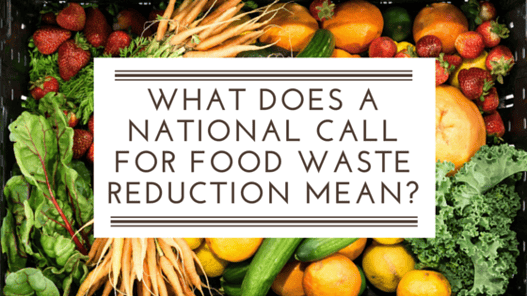
Finally catching up
A publicly stated goal means that governmental leaders are recognizing food waste as a real problem. Even though the statistics are alarming - one third of food in the United States currently goes to waste, amounting to $165 billion in lost value - efforts to minimize food waste are a full generation behind initiatives regarding more traditional recyclable products (e.g. paper and plastics).
Media’s role in food waste awareness
All of that may be changing though. Food & Wine magazine is calling food waste “probably the most discussed food-related topic of the year,” and the issue is also catching the attention of political commentators, such as John Oliver. What’s significant about this media attention is the role it plays in influencing the prioritization of food waste reduction initiatives from citizens and national leaders.
Education and regulation
Ultimately, public awareness is key in successfully reaching the goal, and better education among food companies, nonprofits and consumers about legislation is essential. Although it’s a common misconception that food companies can be sued for donating surplus food, the Good Samaritan Food Donation Act actually protects businesses from lawsuits when making food donations. Understanding this is imperative, especially now that the Commercial Food Waste Disposal Ban went into effect in Massachusetts in October 2014, which prevents businesses from throwing away more than one ton of food per week. With American food waste policy just beginning to take shape, the U.S. is following guidance from U.N. Food Programme goals and France’s recent decision to make edible food waste illegal for businesses.
So what are your thoughts on the announced goal? Is it achievable? Comment below or tweet us!
Click the image to tweet the article.
.png?width=250&name=SpoilerAlert_WhiteLogo_LeftStacked%20(7).png)

